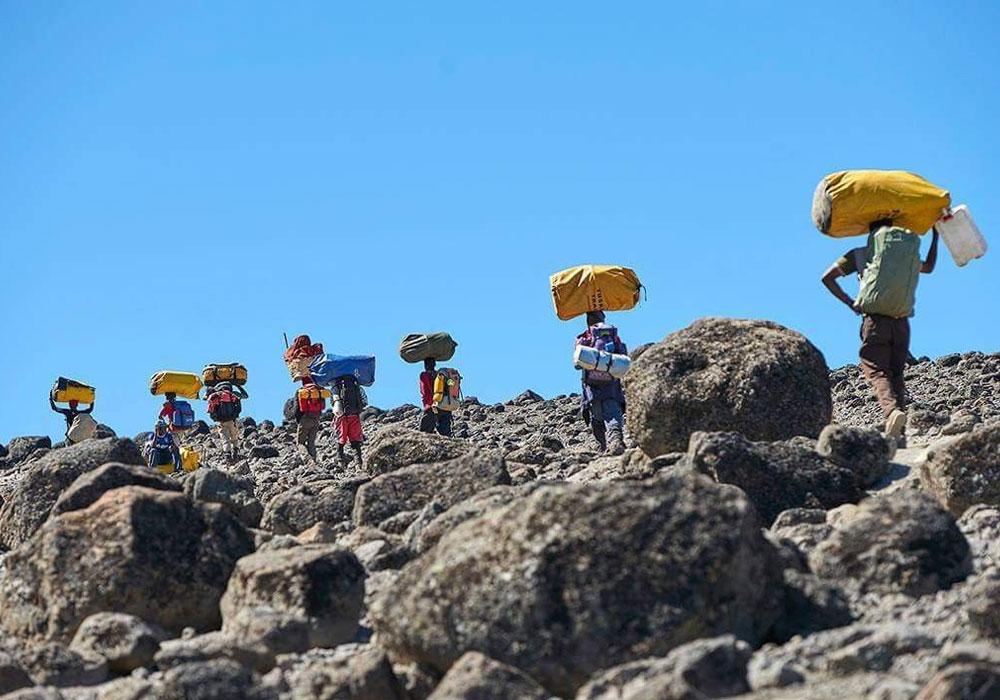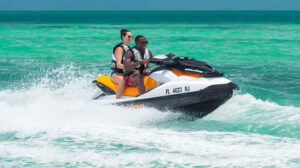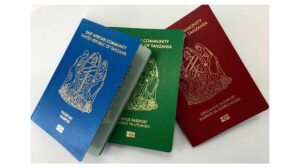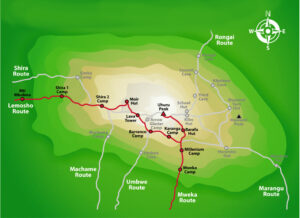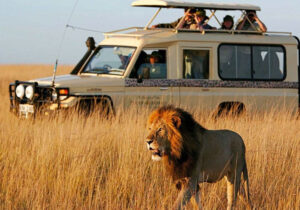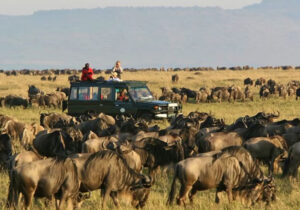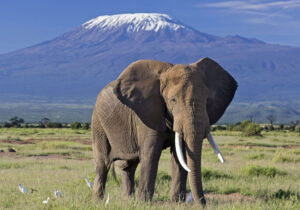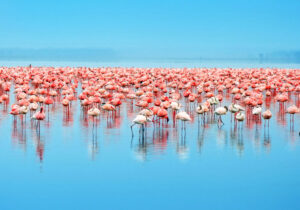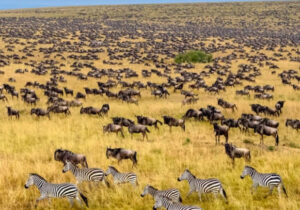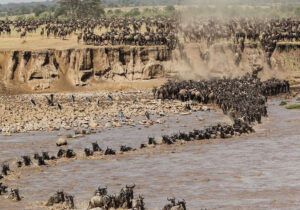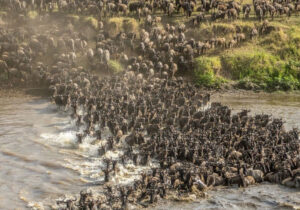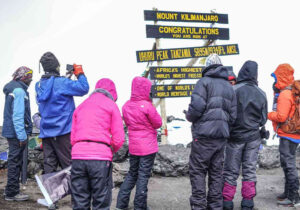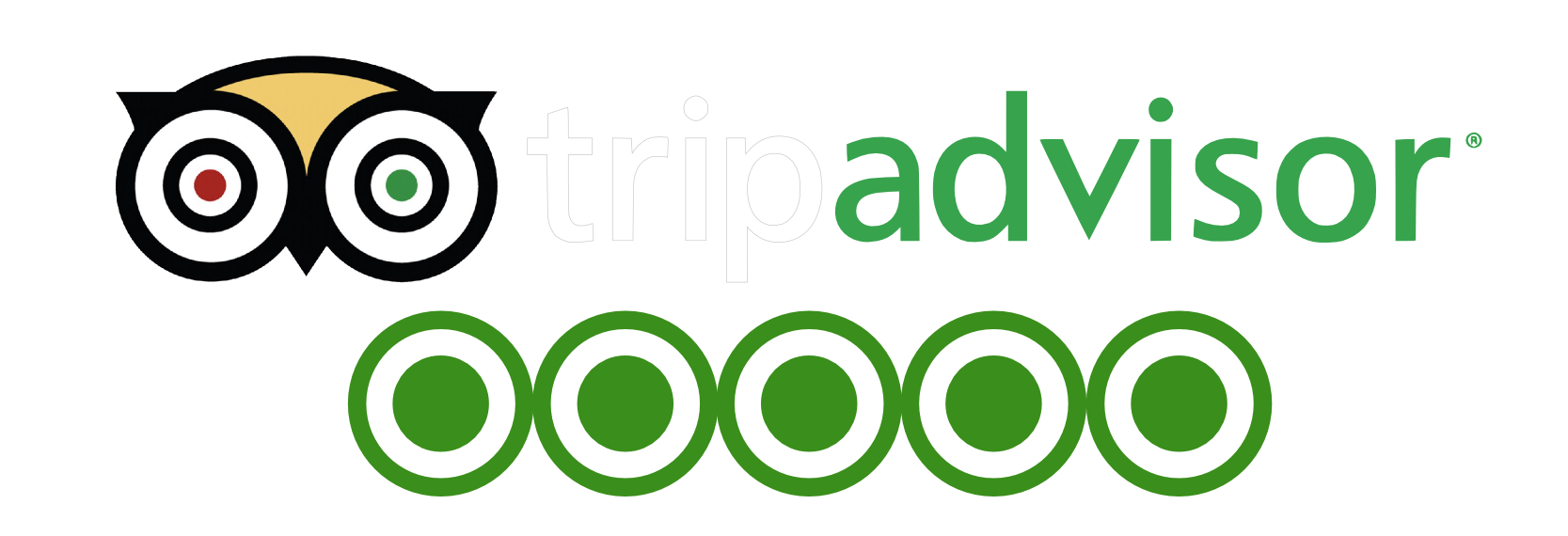Is Kilimanjaro Safe? What Every Climber Should Know
Many climbers often ask: Is Kilimanjaro safe? The answer is yes, Mount Kilimanjaro is generally safe to climb, and thousands of trekkers reach the summit each year. Is Kilimanjaro Safe? What Every Climber Should Know However, as with any high-altitude adventure, success and safety depend on preparation, awareness, and understanding the challenges. By knowing the risks and taking the right precautions, you can ensure a rewarding and secure climb.
1. Altitude Sickness in Kilimanjaro
The biggest risk on Kilimanjaro is altitude sickness. As you climb higher, oxygen levels decrease, and the air pressure drops. This shift can trigger symptoms like headaches, nausea, dizziness, or shortness of breath.
To stay safe, acclimatize slowly by following the “climb high, sleep low” method. Drink plenty of water to help your body adjust, and learn the warning signs of altitude sickness. If symptoms appear, inform your guide right away so they can take action.
2. Professional Guides and Support
Another key answer to the question Is Kilimanjaro safe? What Every Climber Should Know, lies in the expertise of your guides. At Kiriwe Travel, professional guides accompany every trek. They monitor climbers’ health, prevent altitude issues, and react quickly in emergencies. If problems arise, guides can assist immediately, whether by helping you descend or arranging emergency support.
3. Weather Conditions in Kilimanjaro
The weather on Kilimanjaro can change drastically. You may face tropical heat at the base, freezing temperatures near the summit, and unexpected winds or rain. To handle this, carry waterproof gear, insulated jackets, and layered clothing to regulate your body temperature throughout the climb.
4. Trekking Infrastructure
Is Kilimanjaro Safe? What Every Climber Should Know, Kilimanjaro has well-established routes, marked trails, and designated campsites. This strong infrastructure means you won’t need to worry about getting lost or unsupported. Kiriwe Travel provides reliable equipment and logistical support to make your journey as safe and comfortable as possible.
5. Medical Support
Finally, strong medical support adds another layer of safety. Guides trained in first aid are always prepared to help, while emergency stations and evacuation plans ensure quick responses if needed.
In conclusion, Is Kilimanjaro Safe? What Every Climber Should Know, the answer depends on preparation, guidance, and listening to your body. With expert support and proper planning, you can focus on the adventure while staying safe every step of the way.

